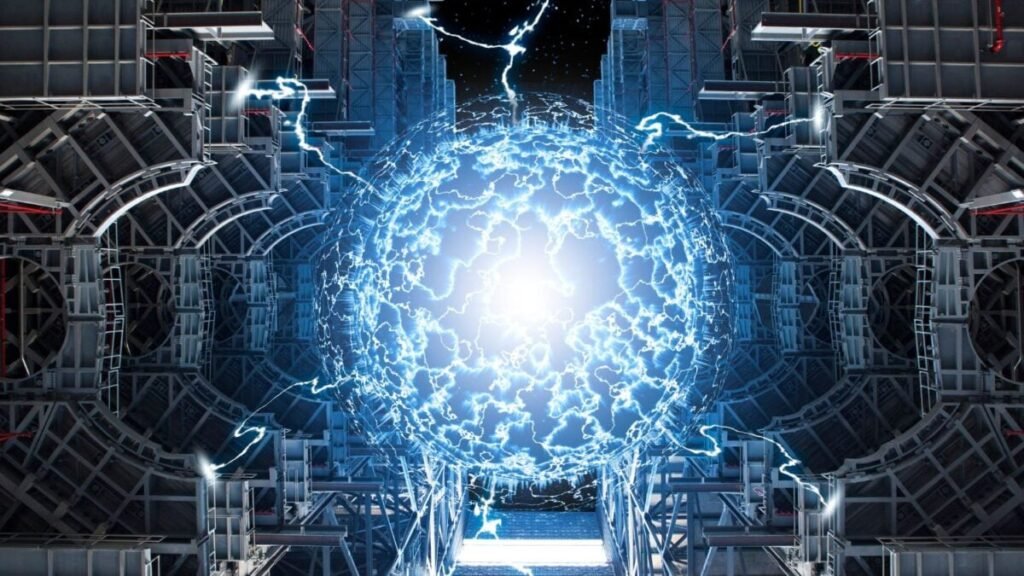Humanity’s Big Plan: Recreating the Sun’s Energy on Earth – It’s Getting Real!

In the heart of Europe, the most ambitious machine ever built by humanity is taking shape. It’s an attempt to reproduce, under human control, the same process that powers the Sun. This is not science fiction, but a real experiment that promises to be groundbreaking. However, the path is full of technical challenges, massive investments, and a race against time.
### A project inspired by the stars
The project known as ITER (International Thermonuclear Experimental Reactor) is being developed in Cadarache, France, with the participation of 35 countries. Its goal: to demonstrate that nuclear fusion can become a safe, clean, and virtually inexhaustible source of energy. The idea is simple in concept but monumental in execution: to fuse light nuclei of hydrogen, such as deuterium and tritium, to form helium and release an amount of energy that far exceeds traditional nuclear fission.
The key lies in the Tokamak, a gigantic toroidal-shaped reactor where plasma reaches temperatures of over 100 million degrees Celsius.
The dimensions of ITER are as impressive as its ambition. The vacuum chamber where the plasma will be confined has a volume ten times larger than any operational Tokamak today. In addition, the reactor is designed to produce 500 MW of energy, which is ten times more power than is injected to start the reaction.
The materials that make up its structure are equally impressive: from cables resistant to 1,000°C to colossal superconducting magnets and cryopumps capable of sustaining the process. Each component has been designed to withstand extreme conditions that do not exist in any other experiment on Earth.
### A commitment to sustainability
Nuclear fusion promises to become a real solution to the energy and climate crisis. Unlike other sources, it does not generate carbon emissions or produce highly hazardous waste. The radioactive waste generated is of low activity and easy to handle.
Furthermore, its intrinsic safety is another major attraction: if something goes wrong, the reaction stops immediately, eliminating any risk of a catastrophic accident. It is, according to experts like Pedro Velarde, the only known source that combines cleanliness, safety, abundance, and unprecedented energy density.
### A global collaboration like never before
The magnitude of the project is only possible thanks to international cooperation. The European Union covers 45.6% of the total cost, which already exceeds 20 billion euros. Spain, for example, participates with more than 50 national companies such as Ferrovial, IDOM, Tecnalia, and ENSA. The United States, China, Russia, Japan, South Korea, and India are also part of the consortium that seeks to ignite the future.
The road has not been easy. Delays due to the pandemic, technical problems, and the complexity of the systems have postponed several milestones. But each advancement brings humanity closer to the possibility of a clean and almost infinite source of energy.




